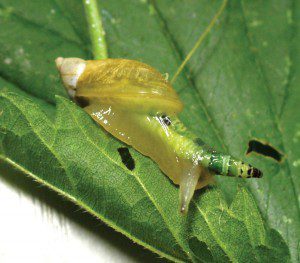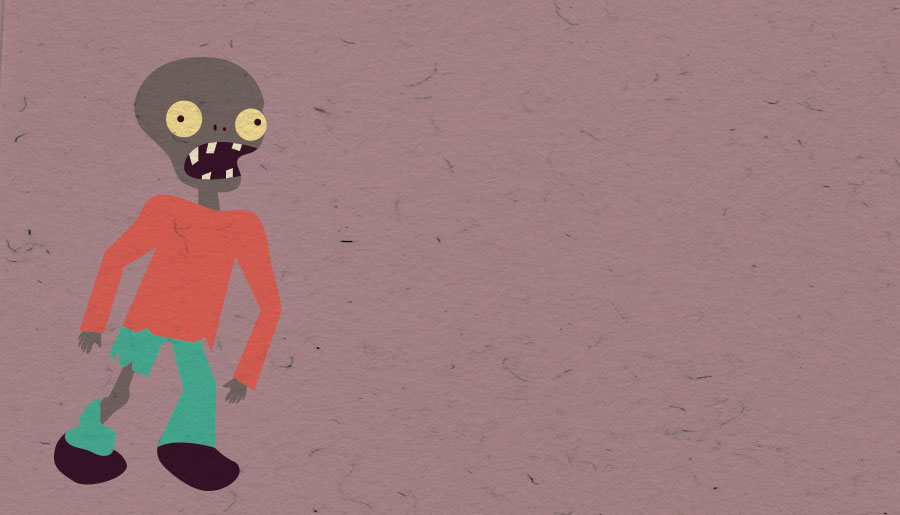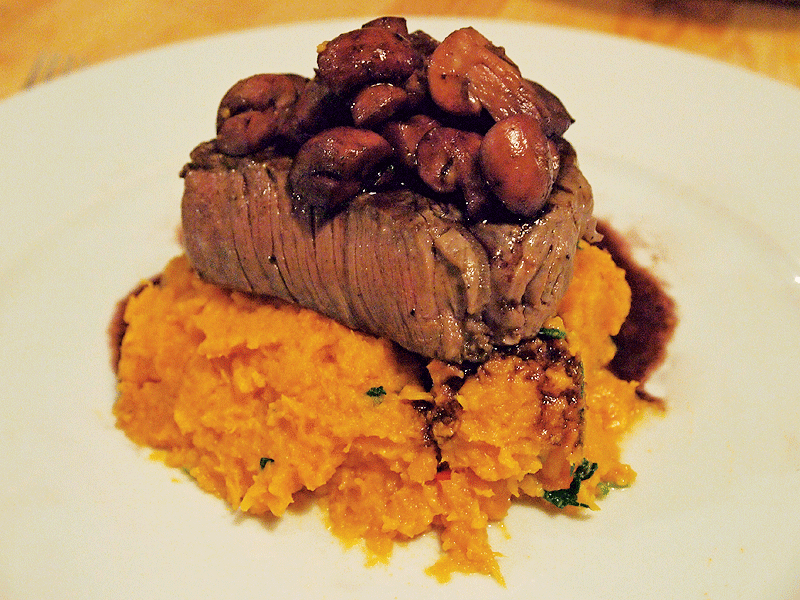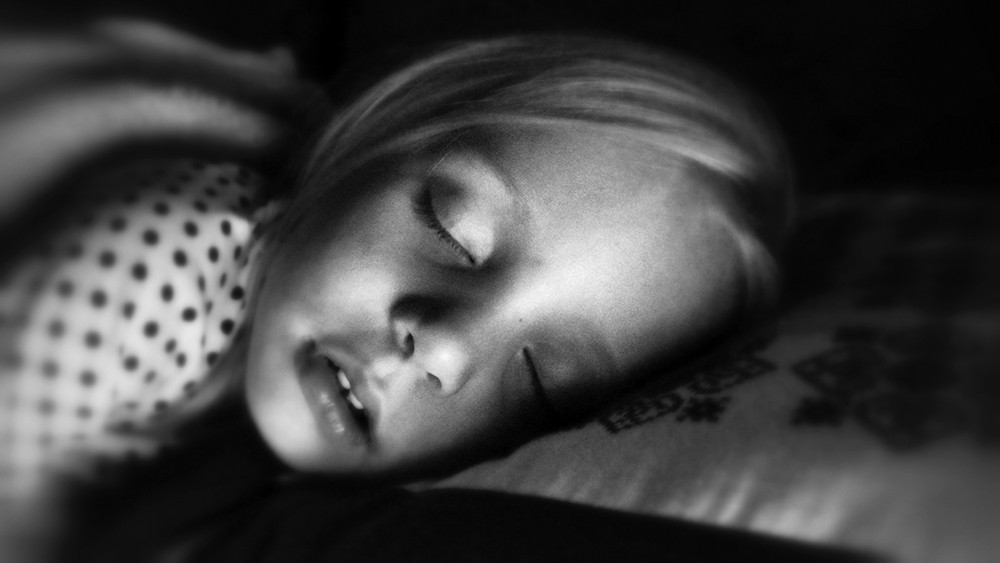The voices. I need to get them out. Just make them go away. The voices. They drive me insane. Always talking, talking, talking. They make me SCREAM!
Continue readingLiterature will break your heart
Dr David Vella interviews Dr James Corby to find out how literature can help you face tragedy in your life. Illustrations by Sonya Hallett.
Continue readingCan We Become Zombies After Death?


Yes, hypothetically we can be transformed into brain loving zombies. A scary answer to a scary question.However, before going out to buy a chainsaw to cut those zombies in half please be aware that a human zombie has never existed.
The rest of the animal kingdom isn’t so lucky. Different types of fungi, parasites, and pathogens have altered the life of other organisms and transformed them into zombies. One of the most graphic examples is Leucochloridium paradoxum, a tapeworm which has been observed to infect and take control of snails. After inserting itself into the snail’s body, the tapeworm slowly spreads and concentrates in its eye stalks making these look like tasty green caterpillars. In turn this makes the snail more eye-catching for hungry birds that are an intermediate host for this parasite. If that is not gory enough just wait for the zombie part.
The flatworm makes the snail do its bidding by exposing itself during daylight. By staying on the highest leaves pulsing the eye stalks making them look like tasty morsels ready for the picking by the hungry birds above.
This case is not unique. There are other species which are known to be zombified: ants, flies, crickets, and others. At the time of writing no fungus, parasite, bacteria, or virus has been found to infect and transform humans. Till then there is no need to get your zombie-proof chainsaw and sawn-off shotgun. •
How do you cook the perfect steak?
Fillet is the best cut. Trust me. It’s worth the money.
Use molecular gastronomy to take advantage of decades of researching how meat changes with heat. Science indicates that the best cooking temperature is around 55˚C, and definitely not above 60˚C. At a high temperature, myofibrillar (hold 80% of water) and collagen (hold beef together) proteins shrink. Shrinking leads to water loss. In the water lies the flavour.
To cook the fillet use a technique called sous vide. It involves vacuum wrapping the beef and keeping it at 55˚C in a water bath for 24–72 hours. This breaks down the proteins without over heating. The beef becomes tender but retains flavour and juiciness.
Take the beef out. It will look unpalatable. Quickly fry it on high heat on both sides to brown it. The high heat triggers the reduction of proteins or the Maillard reaction. Enjoy with a glass of your favourite red.
Do we live our wishes when dreaming?
Made infamous by Sigmund Freud, the idea is that we spend one third of our lives dreaming about what we would like to do. Our rational brain suppresses these feelings.
On the other extreme, our brain is just as active in certain sleep stages. These neural firings express themselves in dreams. There are no deep hidden emotions behind them.
Somewhere in between lie recent studies that show that dreams are important in memory, learning and emotions. If you sleep without dreaming these qualities will suffer. For example, rat studies in 2001 showed how while dreaming they replayed solutions to mazes to commit them to their long-term memory.
Send your questions to think@um.edu.mt and we’ll find out if it’s the truth or just a fib!
Does Alcohol kill brain cells?
This myth is HUGE! Urban legend says that drinking kills cells, some even say: ‘three beers kill 10,000 brain cells.’ Thankfully, they are wrong.
In microbiology labs, a 70% alcohol 30% water mix is used to clean surfaces pretty efficiently. It seems our neurons are made of sturdier stuff.
Alcohol does affect brain cells. Everyone knows that and it isn’t pretty. Alcohol can damage dendrites, which are delicate neural extensions that usually convey signals to other neurons. Damaging them prevents information travelling from one neuron to another — a problem. Luckily, the damage isn’t permanent.






